Must-See UNESCO Sites on a Visit to Israel: A Treasure Trove Waiting to be Explored
Did you know that there’s nowhere else in the world offering such a dense concentration of UNESCO World Heritage Sites than the small country of Israel? Israel may be tiny (it’s about the size of the state of New Jersey) but it’s a treasure trove of astonishing and unique locations. Both in its cities and the countryside, natural and manmade wonders dot the landscape, from north to south, showcasing over 3,000 years of religious, historical, and cultural diversity.
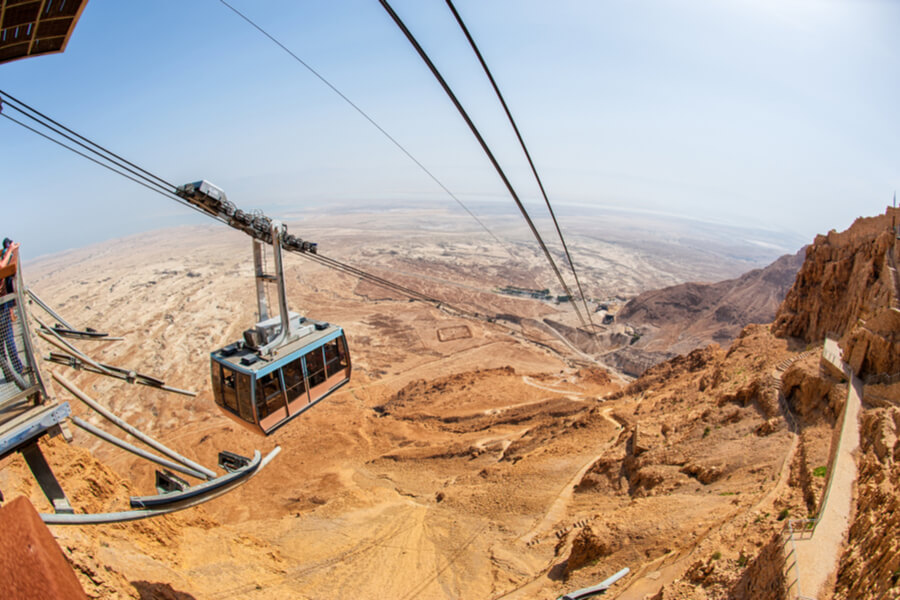
Cable car to Masada Fortress. Photo credit: © Shutterstock
What are World Heritage Sites?
The ‘World Heritage’ status assigned to these locations designated for places on earth that are considered to be of outstanding universal humanity. As a result, they have been placed on a Heritage list, with the aim of them being protected for future generations to enjoy and appreciate. And what makes the concept of ‘World Heritage’ truly exceptional is that it is applied universally.
World Heritage sites belong to and can be visited by people from every corner of the globe, regardless of the territory they call home. From the moment a place is declared a World Heritage Site, the country and the organization that owns it are obligated to protect it and its surroundings from any development that does not adhere to the character and spirit of the site.
Once a site is on this list, not only will it benefit from such prestige, but it’s likely that more of an awareness of and pride in the site will develop, from the people who live in its locality. And of course, there’s the knock-on effect of increased tourism....peoples’ curiosity is piqued and they’re ready to find out for themselves what all the fuss is about.
Today, we’re looking at some of these extraordinary places in Israel, and not just those currently on the list but others on a tentative list i.e. places that Israel wants to nominate for future inclusion. Judge for yourself - and then start planning your trip!
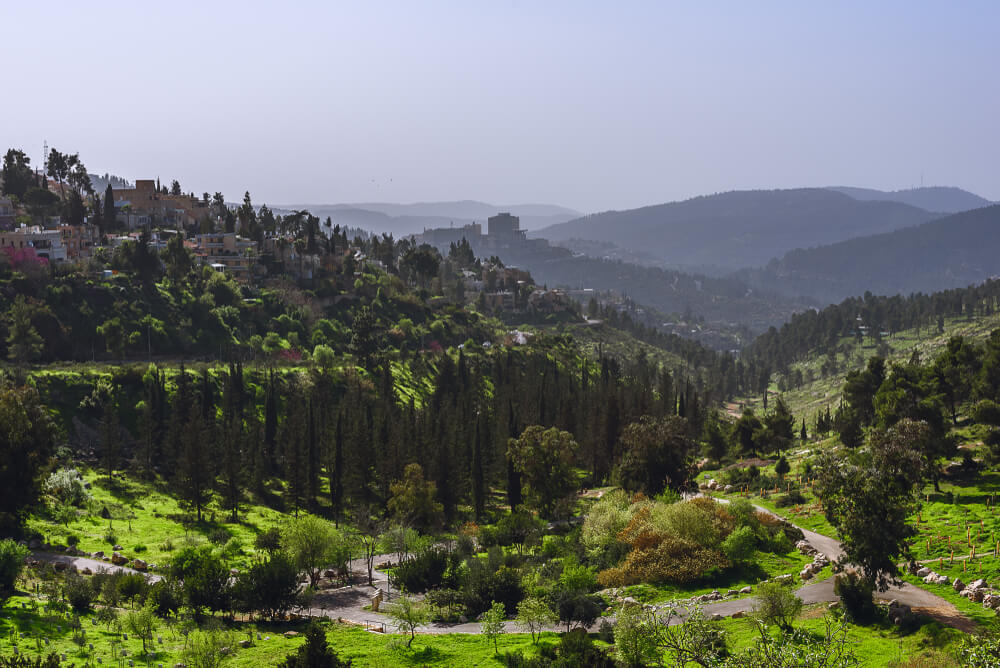
Ein Kerem, Jerusalem. Photo credit: © Shutterstock
1. The Bahai Gardens, Haifa
These beautifully styled and manicured gardens, sloping down in 19 separate terraces for almost one kilometer, and are one of Israel’s most famous and most-visited sites. The Bahai - a relatively modern religion - was founded by a Persian who named himself ‘ Bab’ and Haifa is considered to be one of his adherents' most holy sites.
Divided into three parts, the bottom sits next to the German Colony, the middle houses the ‘Shrine of the Bab’ (with its distinctive gold top) and the upper sits next to the Louis Promenade. Against the backdrop of Mount Carmel, the array of fountains, ponds, masses of flowers, and sculptures are a sheer delight. A visit to the Bahai Gardens is a must when in Israel, a highlight of a private tour of Caesarea, Haifa, and Acre.
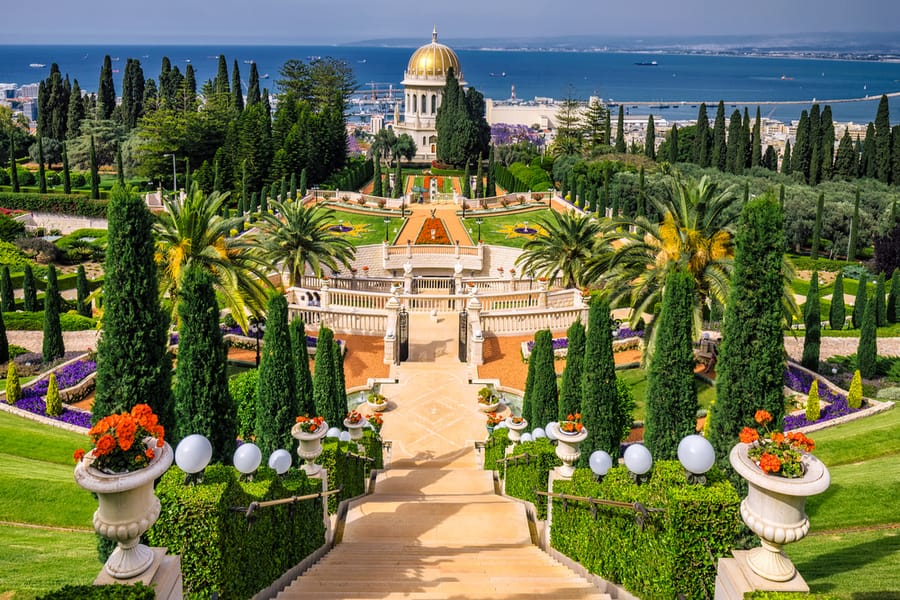
Bahai Gardens, Haifa. Photo credit: © Shutterstock
2. The Biblical Tels of Megiddo, Hazor, Beer Sheva
Of around 200 tels (prehistoric settlement mounds) in Israel, these three are the most important, all containing substantial remains of cities with biblical connections and the first two afford astonishing views of the Jezreel Valley. At the end of the trail, descend into the underground water system, built around 8 BCE, and marvel at its engineering, which gave residents access to freshwater without having to leave the city walls. Why not visit them as part of a customized private tour of Megiddo and Nazareth?
3. The Caves of Maresha and Beit Guvrin
Dating back over 2,000 years, and comprising over 250 underground chambers, Beit Guvrin once was a First Temple-era settlement and today you can still see the remains of a Roman amphitheater. Its quarried limestone rock caves were once used as cisterns, baths, places of worship, and even oil presses. Combining Maresha and the nearby Soreq Stalactite Cave on a private tour is a fine way to spend a few hours.
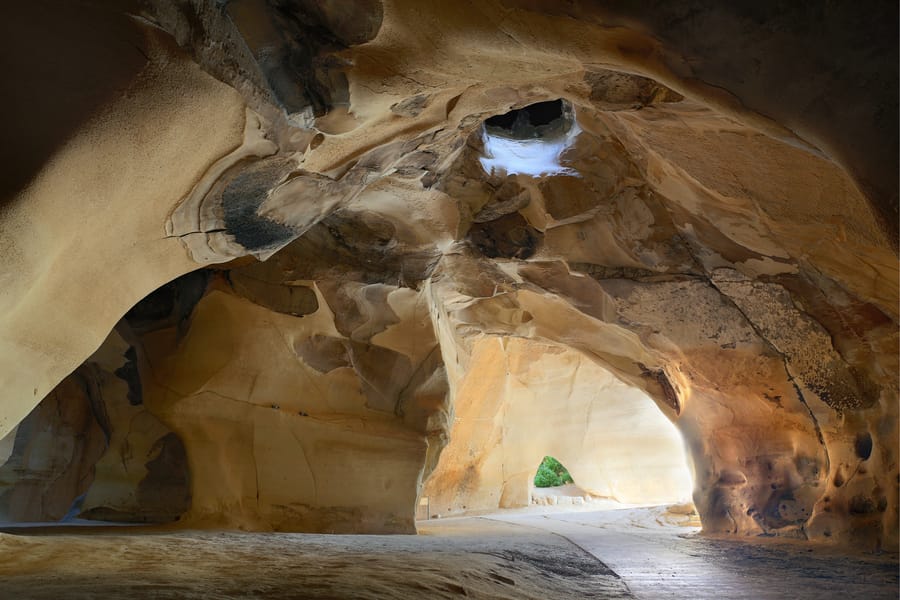
Beit Guvrin National Park. Photo credit: © Shutterstock
4. The Incense Route
The ancient Incense Route once ran from Yemen, Oman, and Arabia through to Jordan and Palestine, with traders carrying spices and perfumes to barter and sell. The 100 km stretch passing through Israel includes desert cities in the Negev - Mamshit, Haluza, Shivta, Avdat...all four boast archaeological remains including a bathhouse, burial caves, and water systems.
5. Masada
The ancient Roman fortress of Masada, built by Herod the Great, and nestled in the Judean Desert, is a truly magnificent structure, which can be ascended either on foot or by cable car. Untouched for more than 13 centuries, it's hard not to stand open-mouthed, as you look out over the Dead Sea and take in the magnificence of the views and the fortification in which you stand. For the best experience, it's recommended to join one of the organized Masada tours.
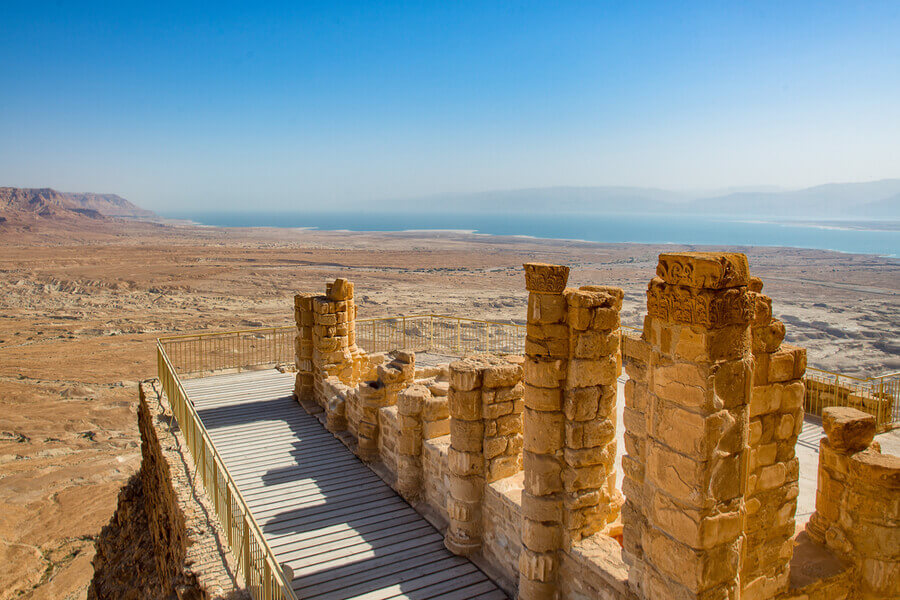
Masada fortress, Israel. Photo credit: © Shutterstock
6. Necropolis of Bet Shearim
This impressive archaeological site, located in the foothills of the Lower Galilee contains an astonishing necropolis - a largely designed cemetery with elaborate tomb monuments. Carved out of soft limestone and boasts more than 30 burial caves, many of the caves were pillaged by robbers in the 8th century. Although only a part of it has been excavated, the necropolis has been compared to a stone-inscribed book - its sarcophagi, mausoleums, and catacombs have elaborate symbols and figures carved into them, as well as inscriptions in Hebrew, Aramaic, and Greek. The Necropolis is easily visited as part of a customized private tour to Mount Tabor, Tsipori, and Beit Shearim.
7. Acre
The Underground Crusader City of Acre was built during the 12th century and destroyed in 1291 when the Mamluks conquered it and built their own city on the ruins. After painstaking excavation and restoration, visitors can now visit this ancient site and see the massive Crusader halls, passages, the Templars' tunnel, and chambers.
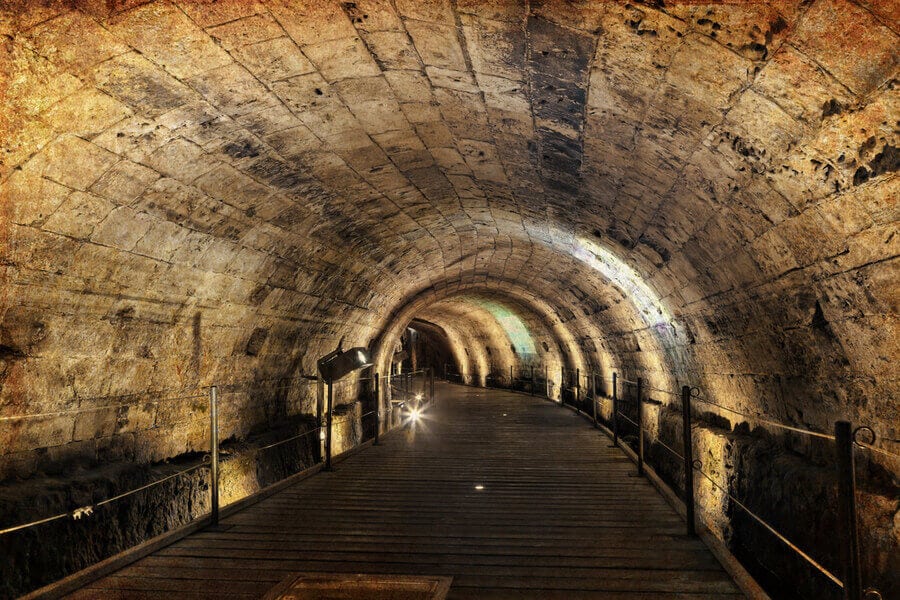
The Templars' Tunnel, Acre. Photo credit: © Shutterstock
8. Sites of Human Evolution at Mount Carmel: Nahal Me’arot / Wadi el-Mughara Caves
Located on the western slopes of Mount Carmel, this site includes the caves of Tabun, Jamal, el-Wad, and Sikhul, representing about 500,000 years of human evolution. The Natufian burial sites and early stone architecture show the transition from a hunter-gatherer to an agricultural lifestyle. Not surprisingly, the caves today are a key site for historians and archaeologists, because they yield so much information about the prehistory of the Levant.
9. White City of Tel Aviv – the Modern Movement
Based on urban planning by Patrick Geddes, the White City was constructed throughout the 1930s and reflects modern, organic planning concepts. The buildings were all designed by European architects who had learned their craft before immigrating. The result? A thriving urban center. The White City has been well preserved in all kinds of city design (profiles of streets, proportions of open and closed spaces, green areas). In many of the beautiful Bauhaus buildings, which can best be seen on a Tel Aviv Bauhaus tour, details of staircases, railings, front doors and curved balconies are much the same as they were 90 years ago.
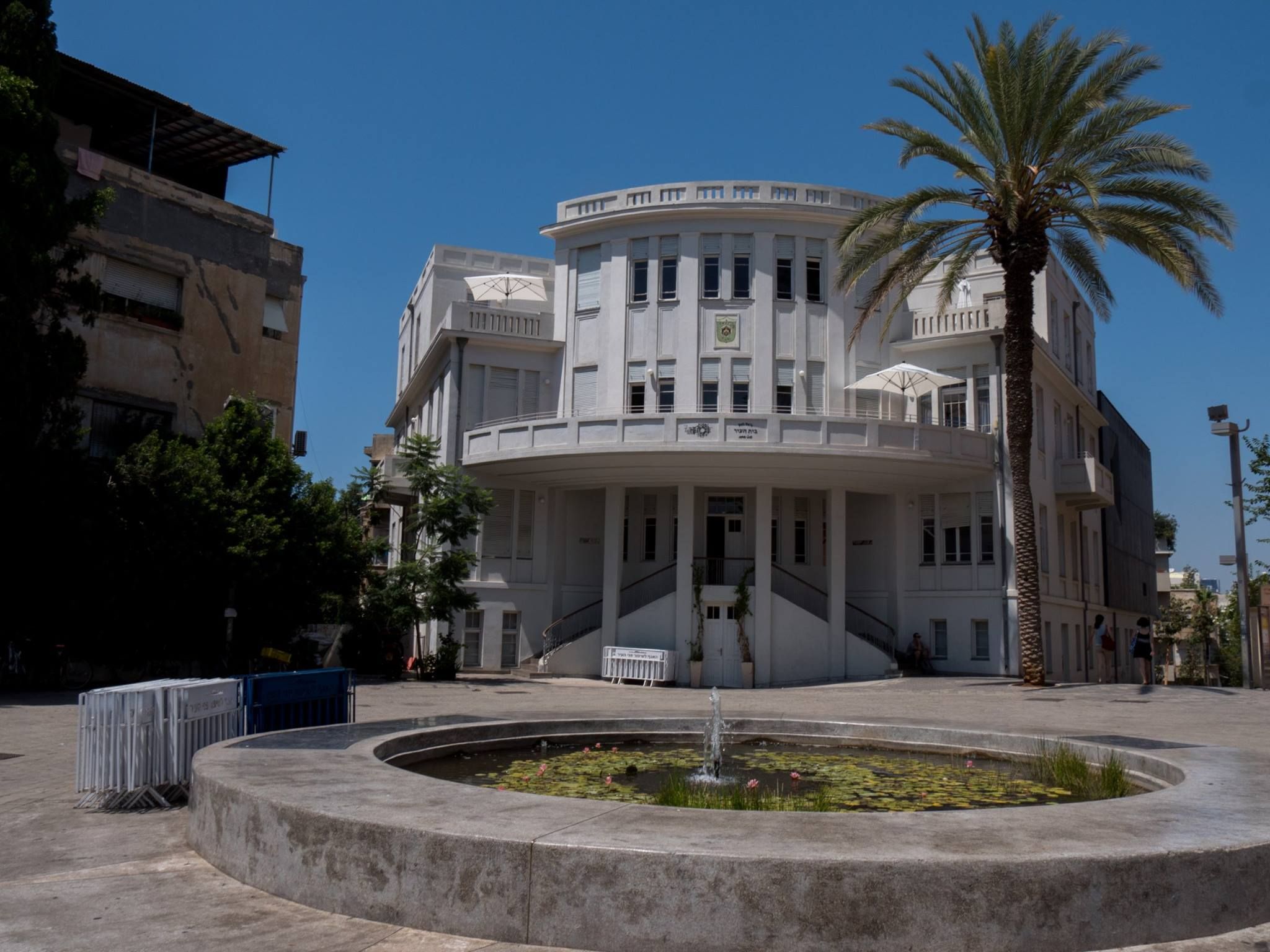
Museum of the History of Tel Aviv-Yafo (Beit Ha'ir), The White City of Tel Aviv. Photo credit: © Dmitry Mishin
Now Let’s Take a Look at the 18 Sites on the Tentative List
Triple-Arch Gate at Dan & sources of the Jordan - this ancient structure dating back from the Canaanite period of the Bronze Age was built around 1750, out of the mud. Composed of three arches, it once stood 7 meters tall and today features two towers. The arches are the oldest ever found in Israel.
Early synagogues in the Galilee - these include Meron, Gush Halav, Navorin, Bar-Am, and Beit Alpha and Korazim, and Capernaum by the Sea of Galilee. These were the first buildings representing monotheistic space, where people worshipped without idols. You can visit Beit Alpha with a Megiddo and the Jezreel Valley Private Tour.
The Galilee Journeys of Jesus & the Apostles - this route begins in the city of Nazareth, winding through Tsipori, Kfar Kana, and Magdala, around the Sea of Galilee and ending at Tiberias. The route is like a thread connecting the pilgrim sites in Galilee most sacred to Christianity (easily covered with Galilee Tours), combined with cultural and natural sites, beautiful scenery, and local communities.
The Sea of Galilee and its ancient sites - many of these are mentioned above and can be visited with group tours such as Nazareth and Sea of Galilee tour and Sea of Galilee Tour.
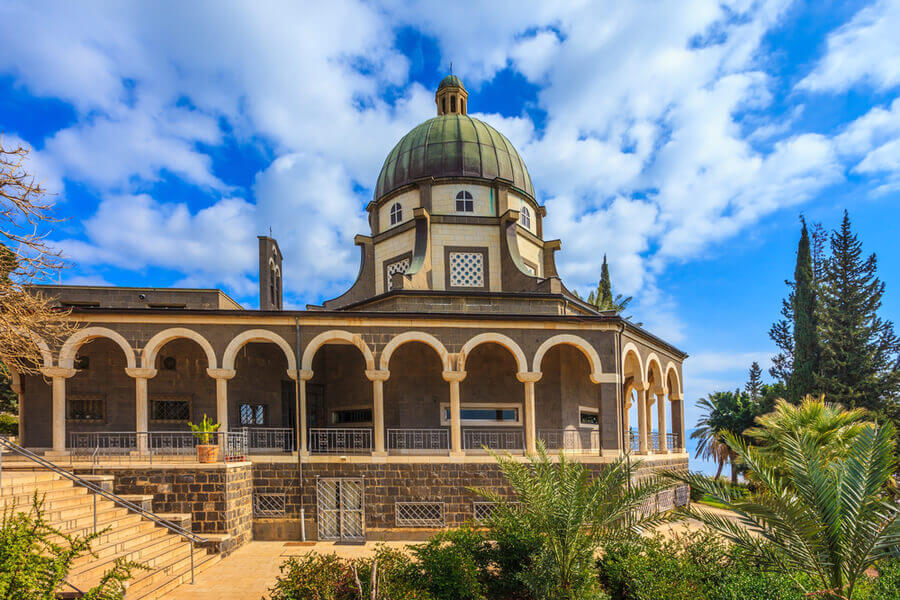
The Church at Mount of Beatitudes, near the Sea of Galilee, Israel. Photo credit: © Shutterstock
Horvat Minnim (Khirbat al-Minya) - an Umayyad-built palace in eastern Galilee, on the northern end of the Sea of Galilee. It is home to one of the earliest mosques in Palestine.Arbel - Mount Arbel in the Lower Galilee, on the way to Tiberias, features 4 villages - Arbel, Neve, Shueb, and Horns of Hittin - all with stunning views of Mount Hermon in the Golan Heights.
Degania - arguably the “mother of all kibbutzes” this Jewish settlement was established in 1910, making it the earliest socialist Zionist farming community in the land of Israel.
Beit Shean - the ruins of this ancient city are now protected within the grounds of a National Park and date back to the Late Neolithic period. It is mentioned in the Bible in connection with the battle of the Israelites against the Philistines on Mount Gilboa: the bodies of King Saul and three of his sons were hung on the walls of Beit Shean.
Caesarea – contains magnificent remains including a large Roman amphitheater and a historic port. With its impressive ruins and beautiful Mediterranean backdrop, this ancient Herodian city is easily visited on any number of Caesarea tours.
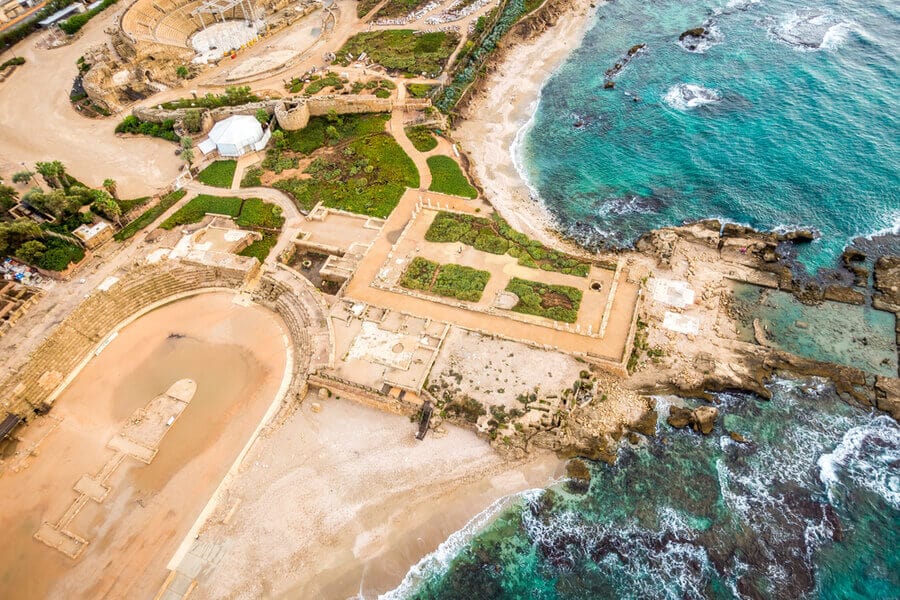
Caesarea National Park from above. Photo credit: © Shutterstock
Mount Zion in Jerusalem - located just outside of the Old City, this Jerusalem hill has been called Mount Zion since the Middle Ages, even though Jewish scripture refers to the Temple Mount by the same name. Holy to Jews, Muslims, and Christians, it is home to a number of important sites and landmarks including King David’s Tomb, the Chamber of the Holocaust, the Room of the Last Supper, and the Protestant Cemetery. Visit Mount Zion with one of the Jerusalem tours.
The White Mosque in Ramle - located in the heart of ancient Ramle, the White Mosque was first built in 8 CE, when the town first proposed. The ruins today date from the end of the 12th century, when it was renovated upon the orders of Saladin. The tower is 30 meters high and between it and the mosque ruins are three subterranean water reservoirs.
Makhteshim Country - the Negev desert, in Israel’s south, is a colorful and rocky terrain and is dominated by a number of ridges and deep, breathtaking valleys. Makhtesh, in Hebrew, means crater and the valleys have common features: they are surrounded by steep limestone walls. The Ramon crater is the most impressive of them, at 38 km long and 450 meters deep.
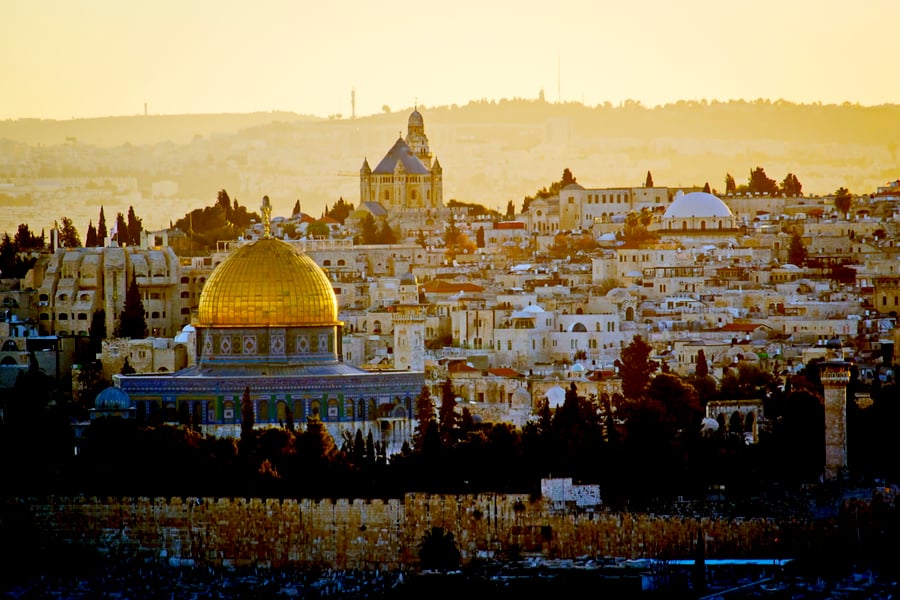
Dome of the Rock and Mount Zion at sunrise, Jerusalem, Israel. Photo credit: © Shutterstock
Timna - situated in the Arava desert, close to Eilat on the Red Sea, Timna is rich in copper ore and historians believe that there have been mines in existence there since 5 or 6 BCE. Set in around 15,000 acres, with steep cliffs and red-pink mountains surrounding it, Timna is a spectacular natural attraction.
The Crusader Fortresses - Montfort, Belvoir and Atlit, and Arsuf are four remarkable fortresses built between the 12th and 15th centuries and their attention to detail and size are astonishing. Each fortress represents a different Crusader Order - Teutonic, Hospitaliers, and Templars. As the decades passed, the balance of power shifted constantly between Crusading Fortresses and regional Muslim armies - today they offer a fascinating glimpse into this ancient world.
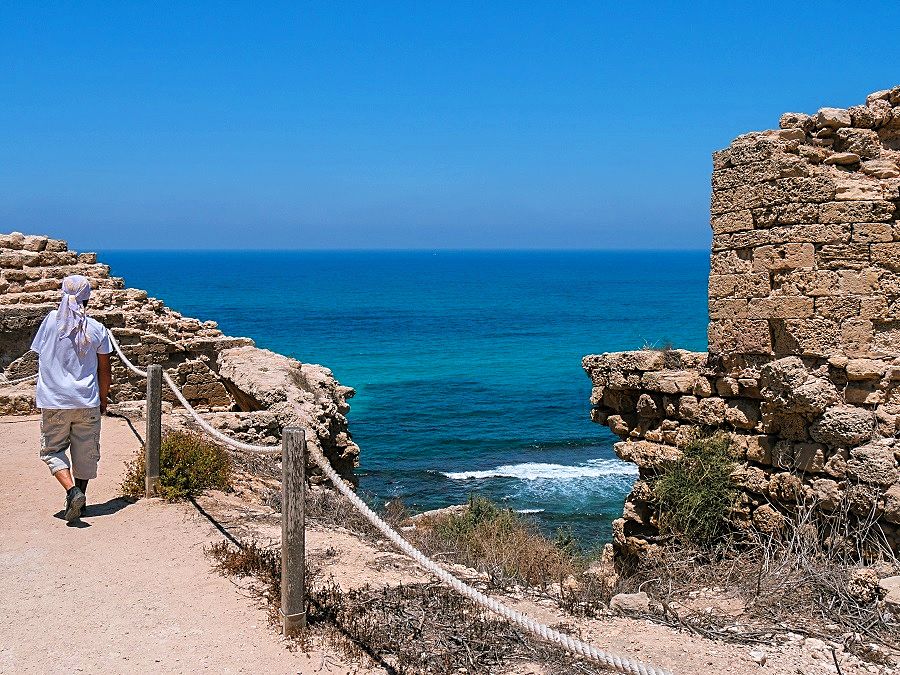
Apollonia (Arsuf) Crusader Fortress. Photo credit: © Dmitry Mishin
The Great Rift Valley - the Hula Valley is a small part of the Great Rift Valley and a bird lover’s paradise. The main migrating season is in the fall, when pelicans, herons, storks, and cranes arrive in huge flocks, along with birds of prey and other winged species.
Liftah (Mye Naftoah) - this abandoned Palestinian village contains numerous original dwellings, a spring, agricultural terraces, and partly preserved landscapes. It includes unexcavated archaeological remains of earlier periods.
Ein Kerem - this charming village on the edge of Jerusalem, with lush greenery, contains remains from the Iron Age. Christians believe that Ein Kerem is the birthplace of Saint John the Baptist.
Other holy sites in Jerusalem are, as yet, unlisted since ownership is contested and therefore there is no settled status. However, the West Bank does have some inscribed World Heritage sites of its own including Bethlehem (the birthplace of Jesus) and the archaeological site Tel es-Sultan, both of which can be visited on a group tour of Bethlehem and Jericho or with private tours.
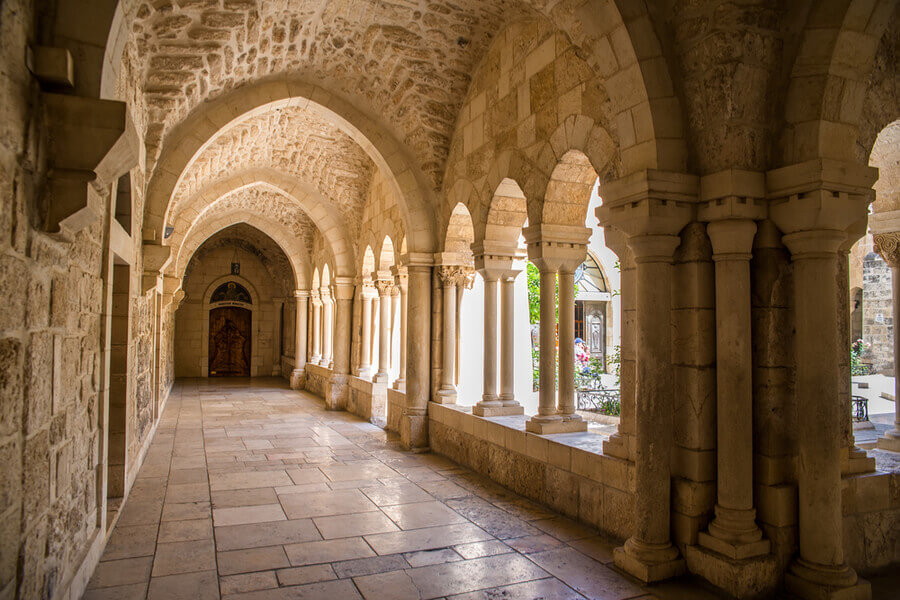
The Church of St. Catherine, Bethlehem. Photo credit: © Shutterstock
 Login / Register
Login / Register
 Contact Us
Contact Us
 Certificate of Excellence
Certificate of Excellence Guaranteed Departure
Guaranteed Departure Low Prices Guaranteed
Low Prices Guaranteed 24/7 Support
24/7 Support




